Smoke problem with a two-flue chimeny
wlai
16 years ago
Featured Answer
Sort by:Oldest
Comments (21)
brickman
16 years agoRelated Professionals
Chester Fireplaces · Arkansas Interior Designers & Decorators · Fort Smith Interior Designers & Decorators · Hercules Interior Designers & Decorators · Cibolo General Contractors · Four Corners General Contractors · Amarillo General Contractors · Bryan General Contractors · Evans General Contractors · Marinette General Contractors · Natchitoches General Contractors · Norristown General Contractors · Parkersburg General Contractors · Troutdale General Contractors · Deer Park Lightingfandlil
16 years agodancinmikeb
12 years agojiver
9 years agoquahog00
9 years agoDavid1990zx00
9 years agomommyshanti
8 years agobrickman
8 years agoRoy Lieuw Kie Song
7 years agoJeff Baisley
4 years agoJeff Baisley
4 years agoDavid Wagner
3 years agolast modified: 3 years agoJeff McArthur
2 years agoHansen Wholesale
2 years agoBrian Bush
2 years agoDoug Spencer
last year
Related Stories
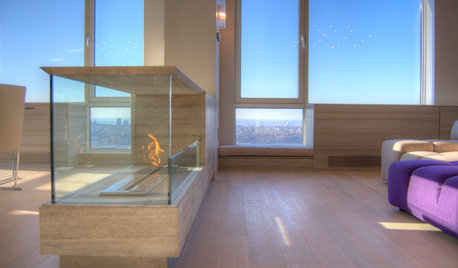
FIREPLACESDesign Workshop: Is an Ethanol Fireplace Right for You?
Learn the pros, cons, types, cost and more details about ethanol, or gel-fueled, fireplaces
Full Story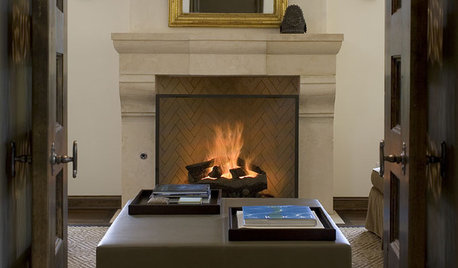
FIREPLACESRumford Fireplaces Are Hotter Than Ever
Higher efficiency and good looks are leading homeowners back to this 18th-century fireplace design
Full Story
MATERIALSInsulation Basics: What to Know About Spray Foam
Learn what exactly spray foam is, the pros and cons of using it and why you shouldn’t mess around with installation
Full Story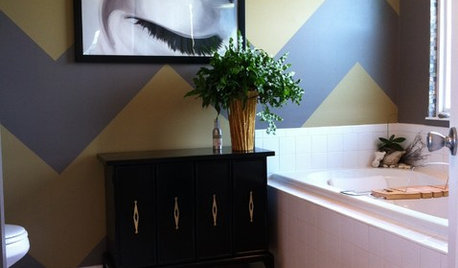
BATHROOM DESIGN7 Reasons to Give Your Bath Zone a Living Room Vibe
With a few living room–like touches, you can transform your bathroom into a practical, relaxing retreat that’s overflowing with personality
Full Story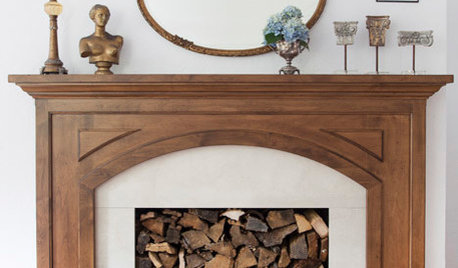
LIVING ROOMS8 Reasons to Nix Your Fireplace (Yes, for Real)
Dare you consider trading that 'coveted' design feature for something you'll actually use? This logic can help
Full Story
FIREPLACESUpdated Woodstoves Keep Home Fires Burning
Better technology means more efficiency than ever for modern woodstoves
Full Story
LIVING ROOMSHow to Convert Your Wood-Burning Fireplace
Learn about inserts and other options for switching your fireplace from wood to gas or electric
Full Story
KITCHEN DESIGNHow to Choose the Right Hood Fan for Your Kitchen
Keep your kitchen clean and your home's air fresh by understanding all the options for ventilating via a hood fan
Full Story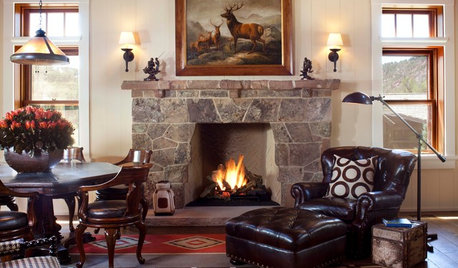
HOUZZ TV FAVORITESHouzz TV: Flickering Virtual Fireplaces to Warm Your Heart
Sit back and enjoy a crackling fire set to seasonal music and surrounded by ideas for your own dream living room
Full Story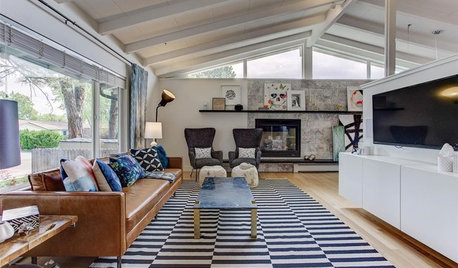
MOST POPULARHow High Should You Mount Your TV?
Today we look at an important question to consider when locating your television: How high should you set it?
Full Story







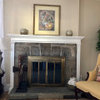
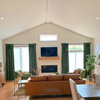
berlin